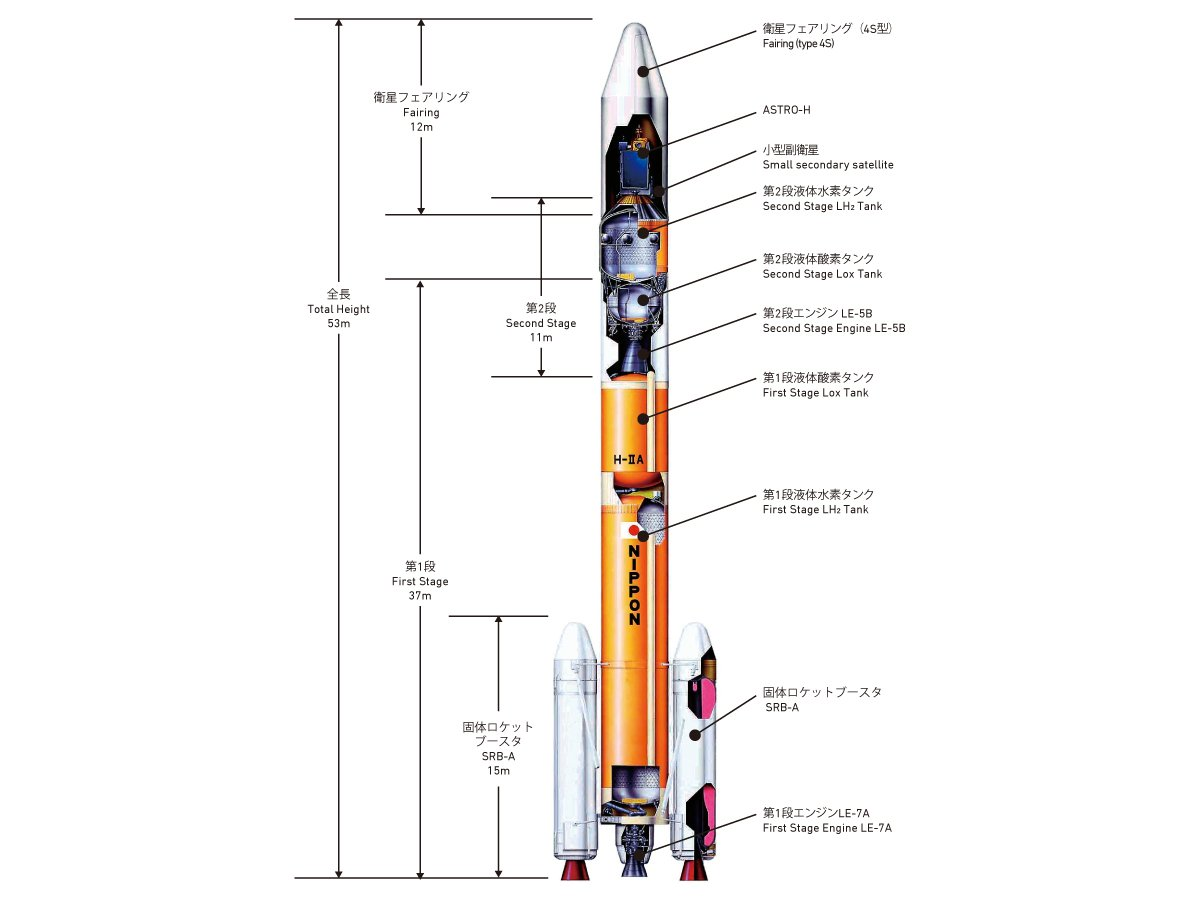Font size:
Print
Japan’s Final H-2A Rocket Launch
Japan launches climate change monitoring satellite on mainstay H2A rocket’s last flight
Context: On June 29, 2025, Japan successfully launched the GOSAT-GW climate change monitoring satellite aboard its H-2A rocket from Tanegashima Space Center, marking the H-2A’s 50th and final flight.
About the GOSAT-GW Satellite
- The GOSAT-GW (Global Observing Satellite for Greenhouse gases and Water cycle) is the third in its series, designed to monitor carbon, methane, and other greenhouse gases.
- Within a year, it will begin distributing high-resolution data (including sea surface temperature and precipitation) to global users, such as the U.S. National Oceanic and Atmospheric Administration.

H-2A Rocket: Legacy and Performance
- Type: Liquid-fuel main rocket with two solid-fuel boosters.
- Developer: Japan Aerospace Exploration Agency (JAXA).
- Launch Operator: Mitsubishi Heavy Industries (MHI) since 2007.
- Success Rate: Debuted in 2001, the H-2A completed 50 missions with a 98% success rate—only one failure occurred, in 2003.
- Notable Missions: It has carried numerous satellites and probes, including Japan’s SLIM moon lander (2024) and the Hayabusa2 asteroid mission (2014).
The Future: H3 and Epsilon Rockets
- With the retirement of H-2A, Japan is shifting its focus to two new launch systems:
- H3, a larger and more cost-efficient successor to H-2A, was developed with Mitsubishi Heavy Industries. The H3 rocket is designed to carry larger payloads at roughly half the launch cost of the H-2A.
- Although its debut in 2023 ended in failure, the H3 has since achieved four consecutive successful flights, restoring confidence in its capabilities.
- Epsilon, a compact launch vehicle being developed in partnership with IHI’s aerospace unit.


